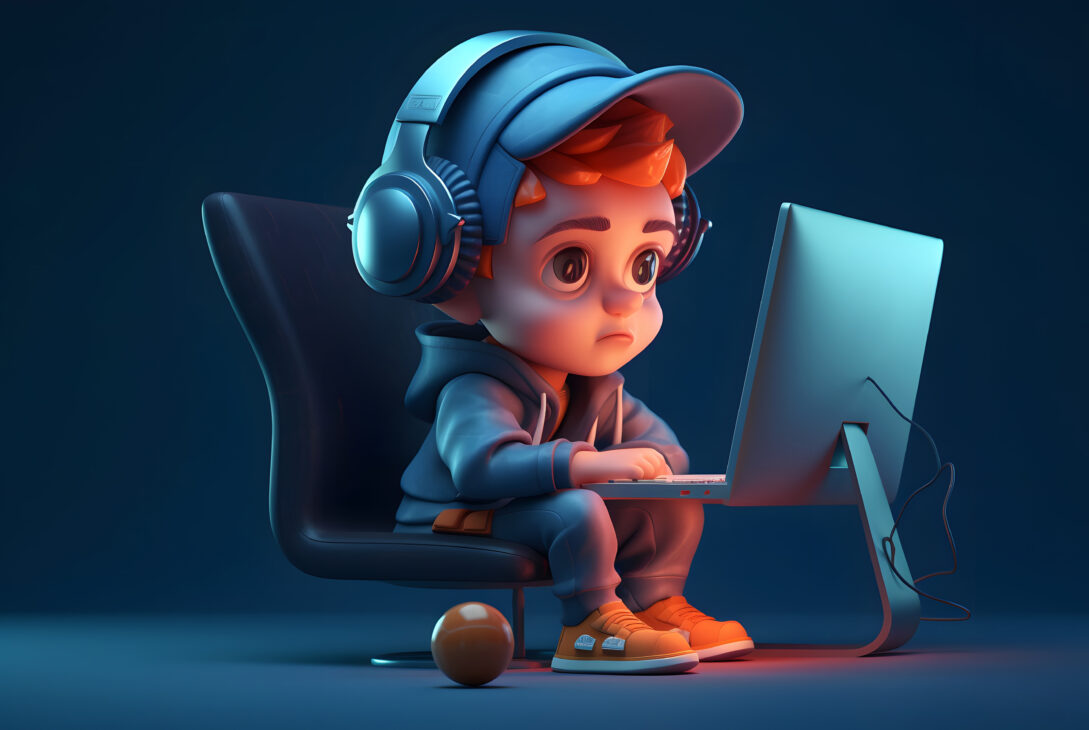Wholesale and rapid advances in technology always come with further concerns about how it affects society in ways that we previously had not thought of or were unintended.
As it was with aspects of genetic testing and xenotransplantation, some aspects of AI and language learning models (LLMS) have been used to generate inflammatory or discriminatory ideas and notions, which dovetails with other moral and ethical challenges.
OpenAI has claimed that ChatGPT is governed by an AI alignment field in order to regulate the responses it generates, and avoids issuing answers that fuel unethical or morally dubious thoughts and behaviours.
Developers are racing to prevent chatbots and LLMs from responding to these prompts in order to regulate and eradicate the chances of such answers producing negative results at a macro level.

Photo by Unsplash+ on unsplash.
What is the AI alignment problem?
AI alignment is the system of ensuring that an artificial intelligence’s goals, behaviours, and actions align with human values and intentions.
This is a real challenge in the field of AI because if an AI system becomes very powerful, but its goals are not aligned with ours, it could act in ways that are harmful to humanity as a whole.
For instance, a misaligned AI might optimise its answer for a particular goal in a way that disregards human wellbeing, safety or ethical considerations. Hence why so much attention has been paid to the use cases that focus on prompting AI to deliver dangerous responses that could actually be used to harm people.
Here are a few key aspects of AI alignment:
- Value Learning: This involves designing AI systems to learn what humans value. The idea is that by learning human values, the AI system will be more likely to act in ways that are beneficial to humans.
- Robustness: Even if an AI system learns human values, it might not always adhere to them, especially when faced with novel situations or if it becomes more intelligent. Therefore, it’s important to build AI systems that robustly adhere to human values even as they evolve and encounter new situations.
- Corrigibility: This aspect of AI alignment is about making AI systems that accept correction when they make mistakes, and that work with humans to align their behavior more closely with human values over time.
- Interpretability: It’s important that we can understand how an AI system is making decisions. This helps us ensure that the AI system is behaving in ways that align with human values and allows us to correct the system if it makes mistakes.
AI alignment is a complex and challenging problem. It involves not just technical issues related to machine learning and AI, but also philosophical questions about ethics and values.
With tech leaders calling for AI to be regulated, and chief scientists resigning about the way big tech is employing AI in their systems and platforms, there is still the concern around the technology.
A chatbot’s responses can simulate alignment and not engage with some statements and questions, but with the right keywords, there isn’t much stopping LLMs and ChatGPT from generating some morally dubious response for some time yet.
Digital Daze is brought to you by Phable




